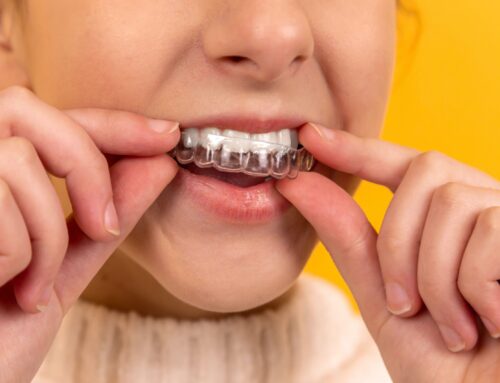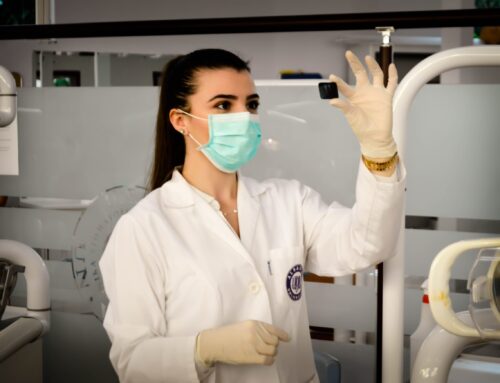A high percentage of people nowadays would like their teeth to be whiter, but what’s the best way to do it?
With so many products on the market claiming to brighten your smile, here a simple guide to explain what is what in the world of whiter teeth!
· Blue Laser Whitening
Laser whitening treatment is the latest modern dentistry fad. The marketing offers customers whiter teeth in a shorter period of time than any other whitening solution out there. It’s safe and fast. It might cost a bit more, but you’ll never have to worry again. FALSE!
The fact is that laser whitening is still very much a new technology, whitening response times, increased sensitivity and danger to your teeth is still being challenged. Not to mention the lengthy repeat visits to the dentists for “top-up” sessions.
The laser whitening technique consists of a dentist applying a hydrogen peroxide gel, in a higher doses than normal (around 35%) across your teeth, you then lay in the dental chair for around 30 minutes with your mouth propped open while the laser (argon or CO2 laser) heats up the gel. The heat from the laser speeds up the whitening process, both whitening and dehydrating the enamel, giving quicker results. However once the enamel rehydrates, the teeth appear to darken again and further “top ups” are often required.
· Home Whitening Trays
A set of dental impressions of your teeth are taken by your dentist, then some moulds of your teeth are made (whitening trays) and given to you to take home along with a box of dental whitening gel (hydrogen peroxide gel around 10% – 12 %). The gel is then placed into the trays and worn for between 2-4 hours a day over a 7 to 10 day period. With home whitening trays, the peroxide itself slowly releases oxygen molecules that seep into the outer layer of your tooth, called enamel, and break down stains over a few hours, whitening your teeth gently over a succession of days. By doing the whitening process this way, you are also in control of how white your teeth become, as you are free to stop the process whenever you are happy with the shade.
Unlike the laser whitening, no “top-up” visits are needed and the whitening trays are yours to keep, the gel also keeps for up to a year in your fridge, so you are free to top up whenever you feel the need. Additional syringes of gel can be purchased at minimal cost from your dentist.
· The Whitening Strips
Whitening strips are small pieces of a flexible plastic called polyethylene. Each flexible strip is coated in a whitening gel that contains hydrogen peroxide (around 6%). You take each strip and mould it around your teeth — one strip for the top, and one strip for the bottom. The peroxide gel in the strips is now held up against the teeth, so it can seep into the teeth to lighten them.
Strips are one dimensional, but teeth are three dimensional. This creates a problem when it comes to getting results you like. Strips don’t get into the in-between spaces or the curved bottoms of teeth, so you often get an effect where the centre of the tooth is white, but at the edges where the tooth curves, it’s yellow or grey. These yellow or grey spots become more pronounced with white strips because the colour difference becomes greater.
· The Whitening Toothpastes
Whitening toothpaste can appear to whiten teeth slightly by removing surface stains, such as those caused by drinking coffee, red wine or smoking. However, whitening toothpastes can’t change the natural colour of your teeth or lighten a stain that goes deeper than a tooth’s surface.
Unlike the other tooth-whitening products, whitening toothpastes don’t contain peroxide. To remove surface stains, whitening toothpaste typically includes, special abrasives that gently polish the teeth and chemicals that help break down or dissolve stains.
If you would like more information on professional teeth whitening, veneers or cosmetic dentistry, you can get in touch with our friendly dentists on 01226 771471.




